- Home
- Residential Panels
- Choosing Hot Water Solar Panels
Choosing Solar Panels For Homes to Generate Hot Water
When choosing solar panels for homes that generate hot water (solar thermal panels) there are a few things to consider which will be affected by your personal situation.
I've already covered the two types of solar thermal panels in my article on solar thermal panels that generate hot water (to generate electricity you need PV panels), so I'll just mention them briefly here:
- Evacuated Tubes - These look like a bank of around 10 fluorescent tubes mounted side by side in a metal frame. They’re not quite as compact as the flat panel systems and they are a little more visually conspicuous.
- Flat Panels - As the name suggests this type of panel is a smooth black panel into which very fine pipework is mounted and they are a little less noticeable from the ground.
Both of these types of residential solar panels work on the same principle but it's generally accepted that the evacuated tubes produce hotter water in the summer months (although over a full year's use the difference isn't particularly significant).
The evacuated tube panels tend to be a little less expensive than the flat panels but they're undoubtedly more fragile meaning you will likely have to replace broken or failed tubes from time to time.
In this respect the flat panels are more robust and you may be happy to accept a slight price premium in return for reduced on-going maintenance.
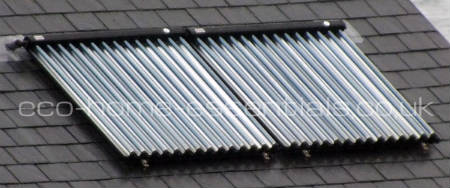 Evacuated Tube Solar Panels
Evacuated Tube Solar PanelsWhichever solar panel system you choose each has its advantages and disadvantages and the difference in output isn't significant so your choice is more likely to be influenced by your budget and the specific details of your build.
Solar Panels for Homes - New Build
Some people feel that solar panels for homes can look bulky when on the roof. So if you're building from scratch you may want to reduce the visual impact of your panels by flush fitting them, which can be done quite easily.
Before the roof cover is installed you would have your panels fitted to the roof battens and then the roof tiles are simple placed around the panels and flashed.
The end result looks a bit like a series of two or three roof windows. Your panels will still sit above the roof profile but the extent of this is minimised by having them flush fitted.
The good news is that this can be done with either the flat panels or the evacuated tubes although the flat panel system will still looks less conspicuous.
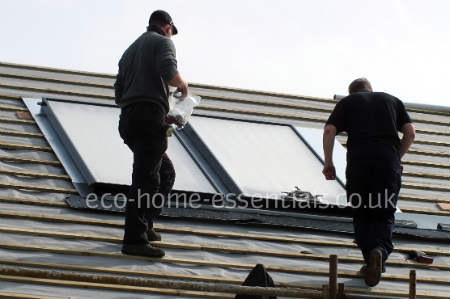 Flush Fitted Flat Panel Solar Thermal Panels
Flush Fitted Flat Panel Solar Thermal PanelsRetrofit
When retrofitting solar panels for homes you can still flush fit the panels if you like. Although this will involve additional labour removing and then flashing the panels and that means more expense.
The most cost effective way of retrofitting is to have the panels fitted over your existing roof cover. This does mean the profile of your panels will be higher and the panels will be more obvious from the ground.
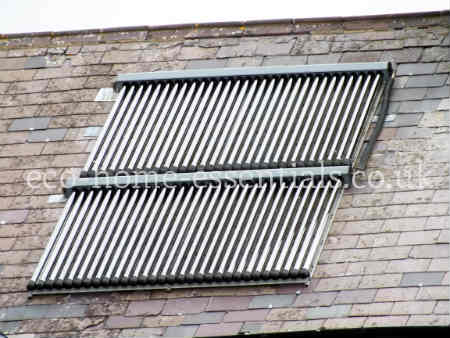
Access to Your Roof
If you want to fit a system that will require the least amount of maintenance or perhaps access to your roof is very difficult. Then you may steer towards the flat panel systems as they are much tougher than evacuated tubes. Also if you have kids who are likely to kick a ball up onto your roof the evacuated tubes could break quite easily whereas the flat panels should easily take this type of abuse.
On the other hand if access to your roof is easy or you don't mind having to replace the occasional evacuated tube and you want the maximum temperature output at the lowest cost then you may veer towards an evacuated tube system.
Planning Permission
Normally planning permission isn't required however, some areas of outstanding natural beauty, conservation areas or listed homes etc. may require planning permission and in such cases you may be required to use the less intrusive flat panels. But always check with your local Planning Authority and don't assume that you won't need planning permission.
I've spent countless hours trawling the solar thermal chat rooms and blogs and there are the two camps. The larger camp appears to be behind evacuated tubes, yet flat panels’ followers, despite being in the minority (at the moment) are staunchly supportive.
My personal opinion... I can't decide. One week I'm behind evacuated tubes the next I'm behind flat panels. In truth I don't think there is a significant enough advantage to either type and at the end of the day one will suit your personal requirements better than the other. Your individual situation will likely be totally different to everyone else’s.
There is however another option: By instaling photovoltaic panels you can generate electricity and install an additional system which diverts any unused electricity to your immersion heater. That way you get the best of both worlds, free electricity and free hot water.
So when it comes to choosing solar panels for homes both types work well, pick the one that suits your needs, shop around, get at least three quotes and above all negotiate. You will be amazed at what you can get by simply asking.

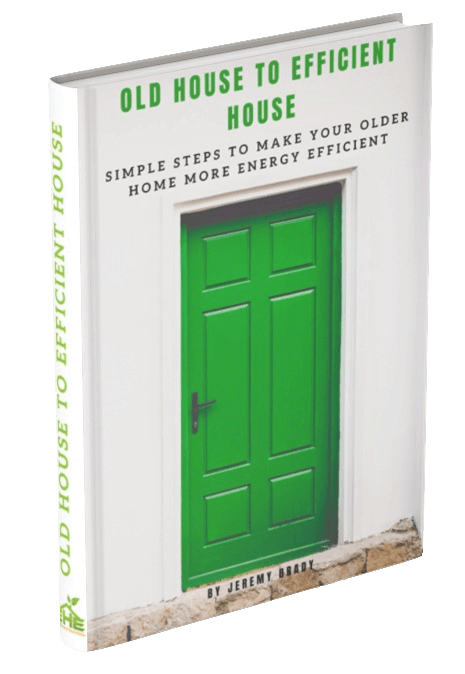




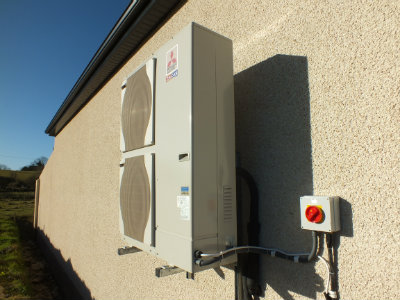
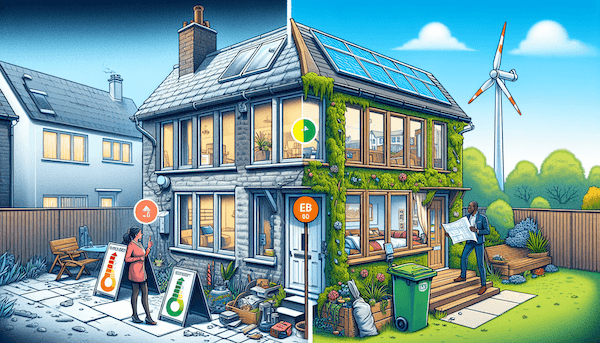
New! Comments
Have your say about what you just read! Leave me a comment in the box below.